To start off this blog let me first state that driving is fun! It does not have to be a stressful and fear-filled activity, but a pleasure everyone can experience. Check out this magnificent view of a mountain from this site for a hint what driving can be.
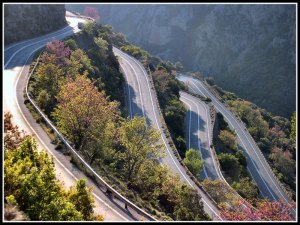
Also, in 2007 scientists were able to scientifically measure the level of the driving pleasure and connect it directly to the level of safety a driver feels. In other words, the more skillful you are the more pleasure your driving will give you. For a detailed report on this interesting research, please click here.
Most of us think we are good drivers and we do not need to improve our driving skills. We feel we are the ones who should be telling others what to do on the road. The truth is most of us could use a decent polish on our driving skills.
It is accepted and unspoken rule that adult new drivers do not learn driving through certified driving school. They learn it from family, relatives and friends from whom they tend to pick up bad driving habits. And, the perpetual bad driving behavior we all can observe on the road continues.
BMW website titled relearntodrive.com asks “Who Taught You To Drive” and has a point:
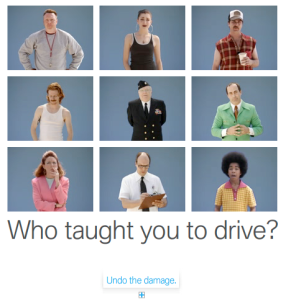
BMW - Who Taught You To Drive
Too many people actually start learning to drive after they get their driving license. The general attitude is “Just let me get my license, and I’ll learn to parallel-park later.”
This is where the trouble begins.
It seems that we should start by examining our road testing system and improving on it.
Road tests should be more complex in structure. For example, a few components could be added to the testing of the basic closed course driving we have in place right now. Some of the skills listed should be part of a mandatory road test:
Real road driving test which includes all the intricacies of being behind the wheel:
Night driving
Driving up/down hill
Driving in reverse
Parking in all situations
Highway driving
In conclusion, more demanding driving tests would produce drivers with better driving skills, which in turn would bring more safety on the road.
Before you leave this post, check out some really good videos from BMW Routes – Driving Pleasure.
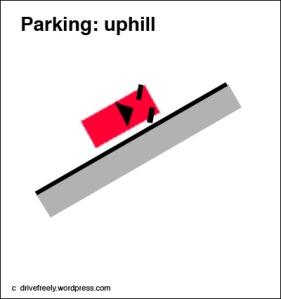
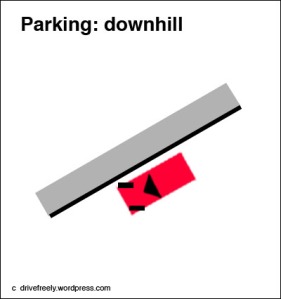

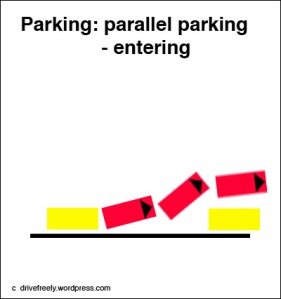

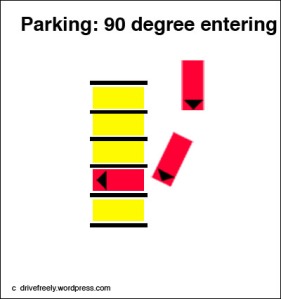




Recent Comments